Details
Sony Alpha ILCE-7 III (ILCE7M3)
The mirrorless digital camera Sony ILCE-7 III is characterized by its updated sensor design and is a camera that is suitable for both photo and video applications with a variety of working situations
The newly developed 24.2 MP Exmor R BSI CMOS sensor and BIONZ X image processor are optimized for improved speed and low-light performance, enabling an impressive continuous shooting rate of 10 frames per second and improved autofocus performance for faster and more reliable subject tracking.
The updated Fast Hybrid AF system uses a combination of 693 phase detection points and 425 contrast detection areas for very fast focus acquisition in almost all lighting conditions and maintains focus on the subject more effectively. In addition to speed and autofocus, the processing improvements also ensure clearer images with greatly reduced noise throughout the sensitivity range of ISO 100-51200, which can even be extended to ISO 50-204800.
Video recording capabilities have been enhanced for improved quality when recording UHD 4K video with the full width of the full-frame sensor to minimize moiré and aliasing. Additionally, the a7 III utilizes 5-axis SteadyShot INSIDE sensor-shift image stabilization, which minimizes the occurrence of camera shake by up to 5 stops.
Aside from the imaging system updates, the body design of the Sony a7 III has also been revised to include a rear 3.0" 922k-dot touchscreen LCD, which features a tilting design to better support high and low angle work. A Tru-Finder OLED EVF viewfinder with 2.36 million pixels is responsible for bright and clear subject recognition.
For greater shooting flexibility, two SD memory card slots are now available and a larger NP-FZ100 battery can now also be used to provide up to approximately 710 shots per charge. For use in harsh conditions, the body is made of a robust magnesium alloy, and this and the a7 III's weather sealing make the body resistant to dust and moisture.
24.2MP Exmor R BSI CMOS sensor and BIONZ X image processor
The 24.2 megapixel Exmor R CMOS sensor works with the BIONZ X image processor to deliver high-resolution still images and video while minimizing noise and improving speed. This sensor design works with an on-chip lens design and anti-reflective coating, as well as the elimination of the optical low-pass filter, to improve shooting quality and increase detail.
In addition, a copper wire layer improves data transfer speed for the creation of 14-bit high resolution stills with a native sensitivity of ISO 100-51200, which can be extended to ISO 50-204800. In addition, the internal UHD enables 4K video recording with a wide dynamic range utilizing the full width of the full-frame sensor.
The BIONZ X processor also works in conjunction with a high-speed front-end LSI to realize faster processing times while capturing an impressive 15 stops of dynamic range at low sensitivity levels. The sensor and processor combination also enables fast continuous shooting at up to 10 frames per second at full resolution, for up to 177 consecutive frames and with full-time AF/AE, whether using the mechanical shutter or the electronic shutter. When shooting in Live View mode, a continuous shooting rate of up to 8 frames per second is still possible.
Fast hybrid AF system
An advanced 4D FOCUS system now uses a combination of 693 phase detection points, covering approximately 93% of the frame, together with 425 contrast detection areas to ensure reliable and fast autofocus and subject tracking. This fast hybrid AF system now achieves twice the focusing speed and more reliable tracking compared to previous a7 models, as well as significantly improved focusing in low light.
The use of phase detection points now enables the use of A-mount lenses via the optional LA-EA3 or LA-EA1 lens adapters with full continuous AF/AE tracking compatibility.
The Sony a7 III offers extensive customizable color and gamma controls, allowing users to adjust gamma, black level, knee, color level and more. Users can also utilize the same S-Log2 gamma curve found on high-end Sony Cinema, which brings up to 1300% more dynamic range to the video signal than the conventional REC709, increasing flexibility in post-production.
HLG (Hybrid Log-Gamma) support is also available for recording within a wide color space in addition to the BT.2020 color space. In addition to S-Log2, S-Log3 is also available to create an effective 14-stop dynamic range with improved grading control in the shadow to mid-tone range of the image.
Body design and integrated Wi-Fi/Bluetooth
The XGA OLED Tru-Finder EVF is responsible for a bright, clear and detailed image with a resolution of 2.36 million pixels and 0.78x magnification. This viewfinder design also enables the use of autofocus in focus magnifier mode as well as improved focusing to support manual focusing. In addition to the EVF, a 3.0" 922k-dot LCD is also mounted on the back of the camera, featuring a touch panel design for intuitive operation and focusing. The screen can also be tilted 107° upwards and 41° downwards to make it easier to work at high and low angles.
The magnesium alloy chassis guarantees rigidity, durability and stability while being lightweight. The lens mount has also been improved to better support heavy lenses and the grip rigidity has been improved to allow for more comfortable one-handed holding.
The weather sealing is designed to resist dust and moisture and ensure reliable operation in harsh weather conditions.
With the NP-FZ100 battery, the a7 III has improved battery life and is now rated for approximately 710 shots per charge. Dual SD memory card slots allow flexible file storage and editing and can be configured to partition raw and JPEG files or be used for overflow recording. One of the card slots is designed to support UHS-II memory cards. In addition to a micro USB port, a USB 3.0 Type-C port has been added to enable faster and more reliable tethering support. The USB Type-C port allows the camera to be charged via the host's power source while plugged in.
Built-in Wi-Fi allows the Sony a7 III to instantly share images to mobile devices for direct online sharing to social networks, email and cloud. NFC (Near Field Communication) is also supported, enabling a one-touch connection between the camera and compatible mobile devices; no complex set-up is required. Once connected, the connected mobile device can also display a live image on its screen and remotely control the camera shutter. Bluetooth connectivity enables location data to be captured.
Other camera functions
The "Ratings" function allows you to assign values from 1-5 stars to the images in the camera for faster editing and sorting during post-processing at home.
An advanced 1200-zone evaluative metering sensor delivers consistent and accurate results with multi-segment metering, center-weighted metering or spot metering. The "Highlight" and "Average" metering modes help to avoid blow-out highlights and ensure stable automatic exposure.
Anti-flicker shooting automatically detects the shutter release and times it to minimize the flicker effect for more consistent results in still images.
Housing design and integrated Wi-Fi/Bluetooth
- The XGA OLED Tru-Finder EVF has a resolution of 2.36m and 0.78x magnification for bright, clear and detailed viewing.
- This viewfinder design also enables the use of autofocus in focus magnifier mode as well as improved focus tracking for the benefit of manual focus operation.
- In addition to the EVF, a 3.0" LCD display with 922k dot is available on the rear, featuring a touch panel design for intuitive operation and focus control.
- The screen can also be tilted 107° upwards and 41° downwards, making it easier to work from high and low angles.
- The magnesium alloy body ensures rigidity, durability and stability with low weight.
- The lens mount has also been improved to better support heavy lenses and the grip rigidity has been improved for a more comfortable hand position.
- A weather seal protects the camera from dust and moisture, ensuring reliable operation in harsh weather conditions.
- By using the NP-FZ100 battery, the a7 III has improved battery life and is now rated for approximately 710 shots per charge.
- Two SD memory card slots allow for flexible file storage and handling. They can be configured to partition raw and JPEG files or be used for overflow shooting.
- One of the card slots is designed to support UHS-II memory cards.
- A USB 3.0 Type-C port has been added in addition to a micro USB port to provide faster and more reliable tethering support. The USB Type-C port allows the camera to be charged from the host power source while connected.
- Thanks to the built-in Wi-Fi connection, the a7 III can instantly transfer images to mobile devices for direct online sharing on social networks, email or cloud storage.
- NFC (Near Field Communication) is also supported, enabling a one-touch connection between the camera and compatible mobile devices; no complex setup is required. Once connected, the linked mobile device can also display a live image on its screen and remotely control the camera's shutter release.
- The Bluetooth connection enables location data to be captured.
Further functions
- The rating function allows you to assign stars from 1 to 5 to the images in the camera for faster editing and sorting in post-processing at home.
- The advanced 1200-zone sensor for evaluative metering delivers consistent and accurate results when using multi-segment, center-weighted or spot metering.
- The "Highlight" and "Average" modes help to avoid overexposed highlights and ensure stable automatic exposure respectively.
- The anti-flicker function automatically detects and times the shutter release to minimize the flicker effect for more consistent photo results.
- Picture Effect Modes: Posterization (Color), Posterization (B/W), Pop Color, Retro Photo, Partial Color (R/G/B/Y), High Contrast Monochrome, Toy Camera (Normal/Cool/Warm/Green/Magenta) and Soft High-Key.
- Creative Style Modes: Standard, Vivid, Neutral, Clear, Deep, Bright, Portrait, Landscape, Sunset, Night Scene, Autumn Leaves, Black & White, Sepia, Style Box (1-6), (Contrast (-3 to +3 levels), Saturation (-3 to +3 levels), Sharpness (-3 to +3 levels).
Tamron 28-75mm f2.8 Di III VXD G2 Sony E-mount
Tamron is a pioneer in the class of compact fast standard Zoom lenses for mirrorless system cameras, and the new 28-75mm F2.8 G2 is the flagship of the next generation of lenses in this class. The 28-75mm F2.8 G2 is the successor to the 28-75mm F2.8 Di III RXD (ModelA036). The further development of the popular and worldwide award-winning standard Zoom represents Tamron's ongoing quest for the most powerful and user-friendly lens. The 28-75mm F2.8 G2, which is just as compact as its predecessor, has a new optical construction with greater resolving power and is compatible with the latest high-resolution system cameras. The VXD (Voice-coil eXtreme-torque Drive) autofocus developed by Tamron is based on a linear motor to ensure faster and more precise focusing. With a shortest focusing distance of 18cm at 28mm and a maximum magnification of 1:2.7, the lens enables fascinating close-ups. The advanced ergonomic design of the housing is geared towards optimum handling of the lens.
TAMRON Lens Utility for user-defined functions
The lens is compatible with the new "TAMRON Lens Utility" software, which was specially developed by Tamron to configure its own lenses. After installing the program on a computer, the 28-75 mm F2.8 G2 can be connected to the computer via a connection cable in order to customize various functions of the lens or update the lens firmware. With the help of the personal configuration, the lens can be optimally adapted to the respective shooting situation, for example photo or video.
Functions of TAMRON Lens Utility
Setting options of the focus button ("Focus SetButton")
A-B focus: The focus automatically switches between two predefined focus positions (A and B)
Focus preset: The focus focuses on a predefined distance
Changing the focus ring function (focus/aperture): The focus ring can be used alternately for focus or aperture adjustment
Activation of a camera function: The focus button can be assigned a camera function
The function of the focus button can be reset
Focus ring with various setting options
MF ring rotation: Change the direction of rotation of the focus ring (clockwise or counterclockwise)
MF method: Selection of the focus method when using the focus ring
Firmware update
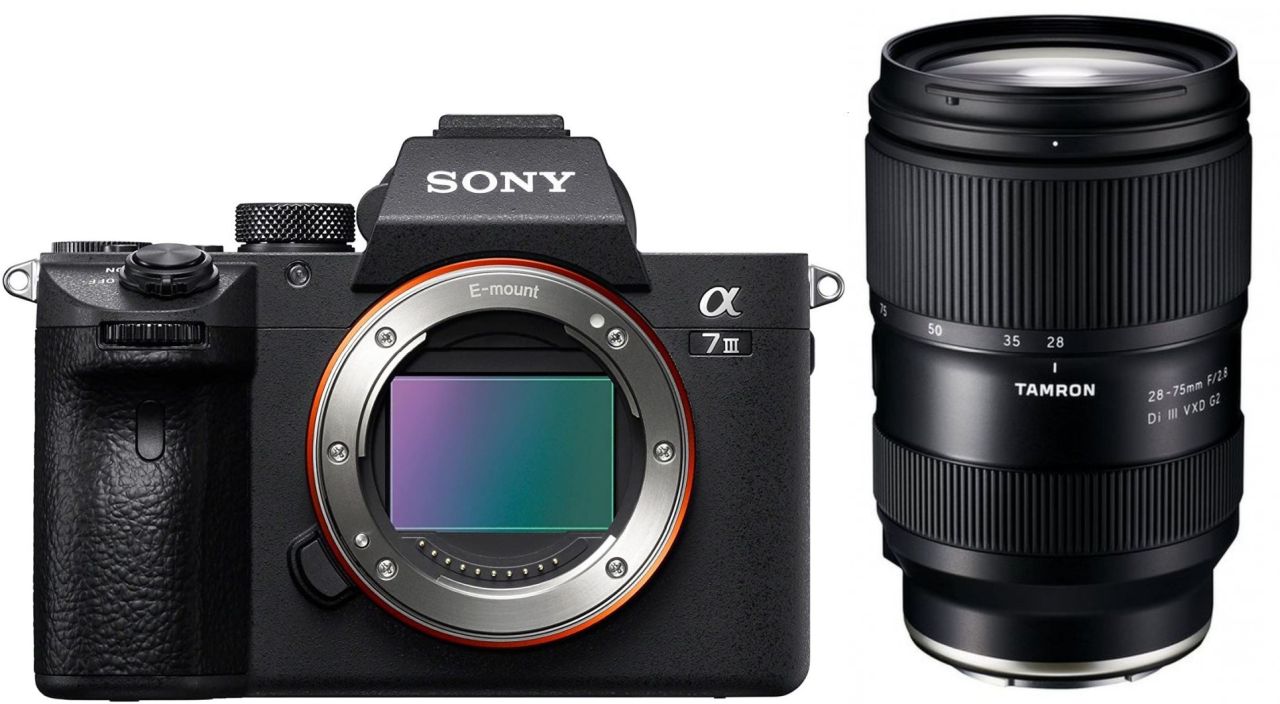
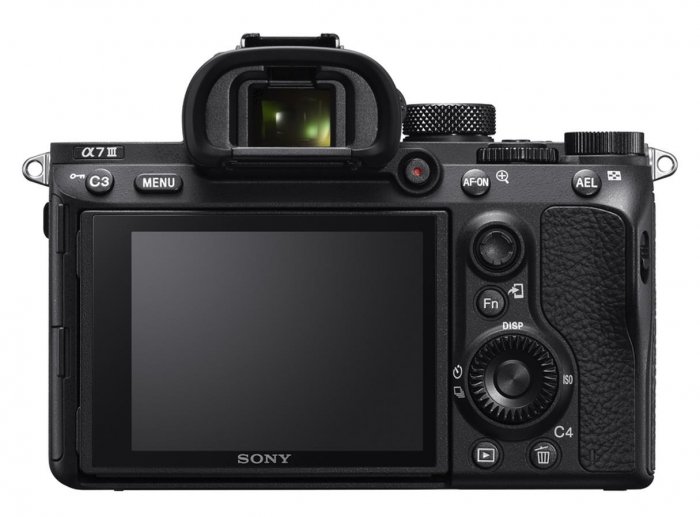
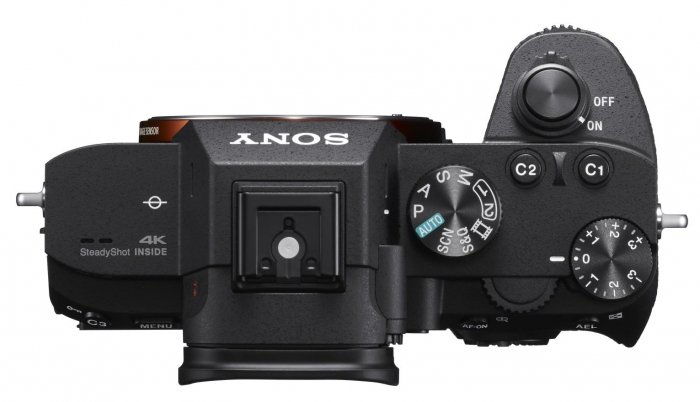
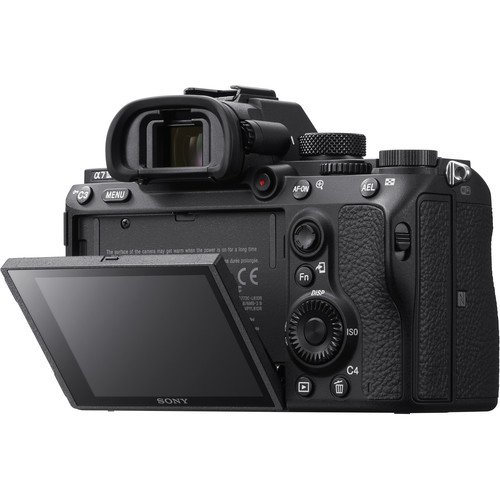
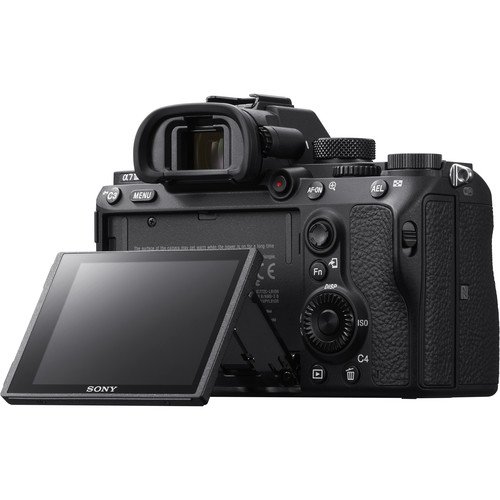
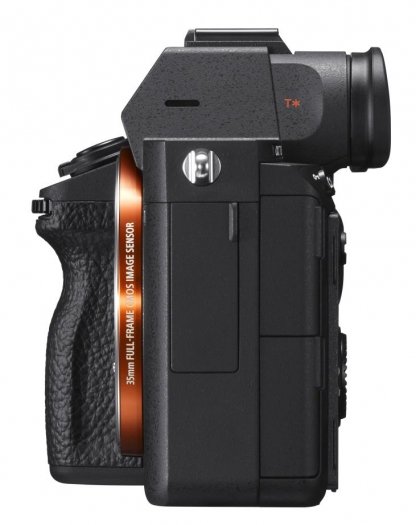
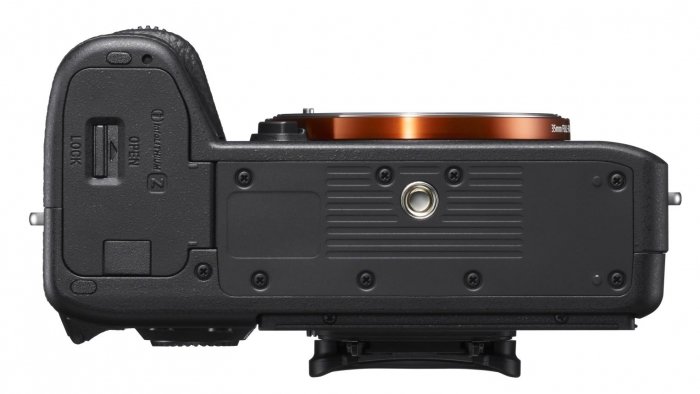
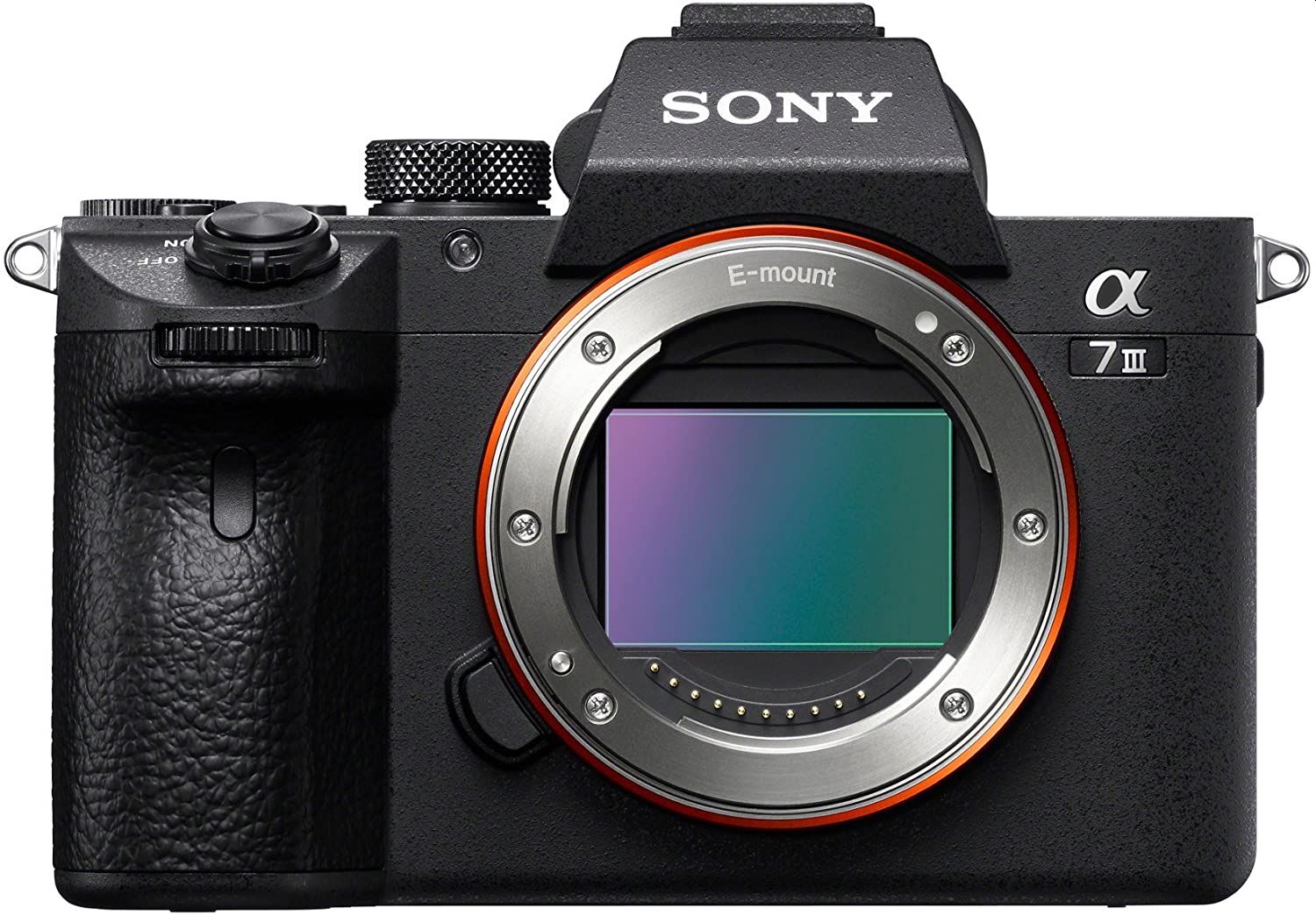
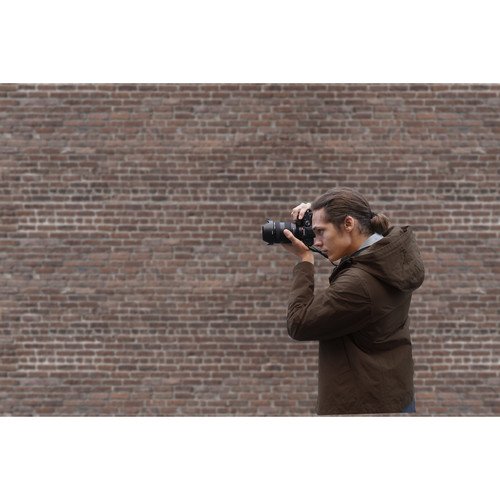

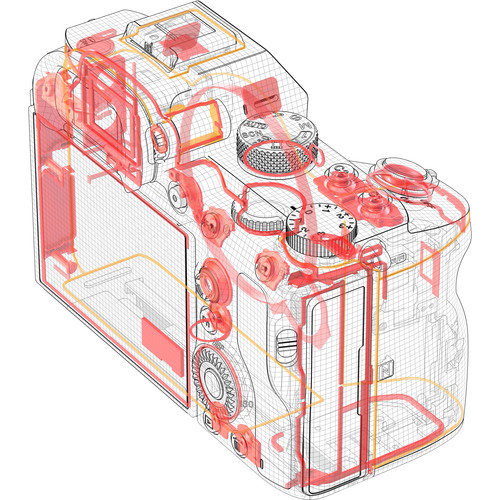
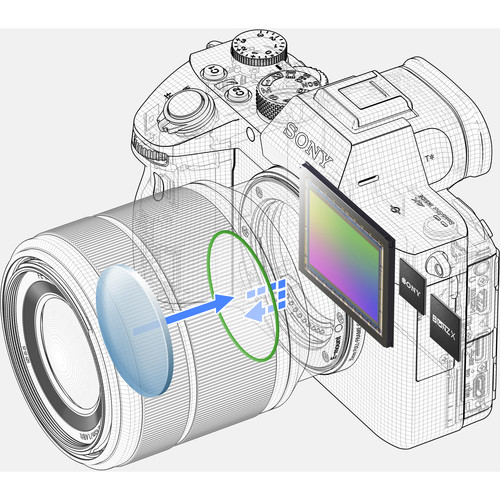
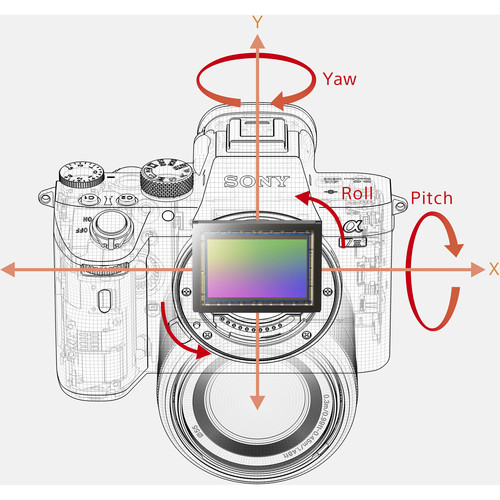
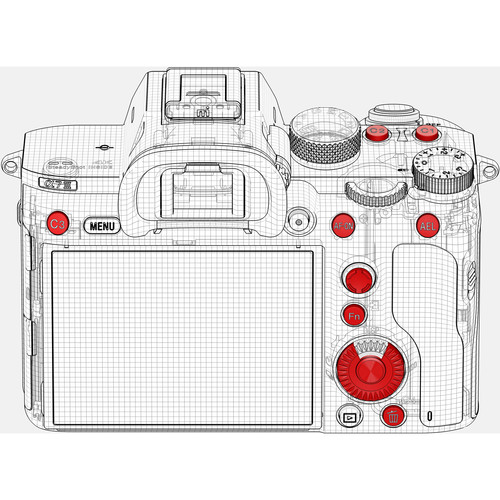
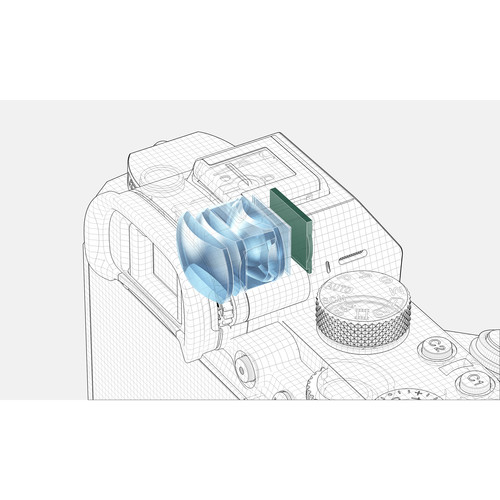
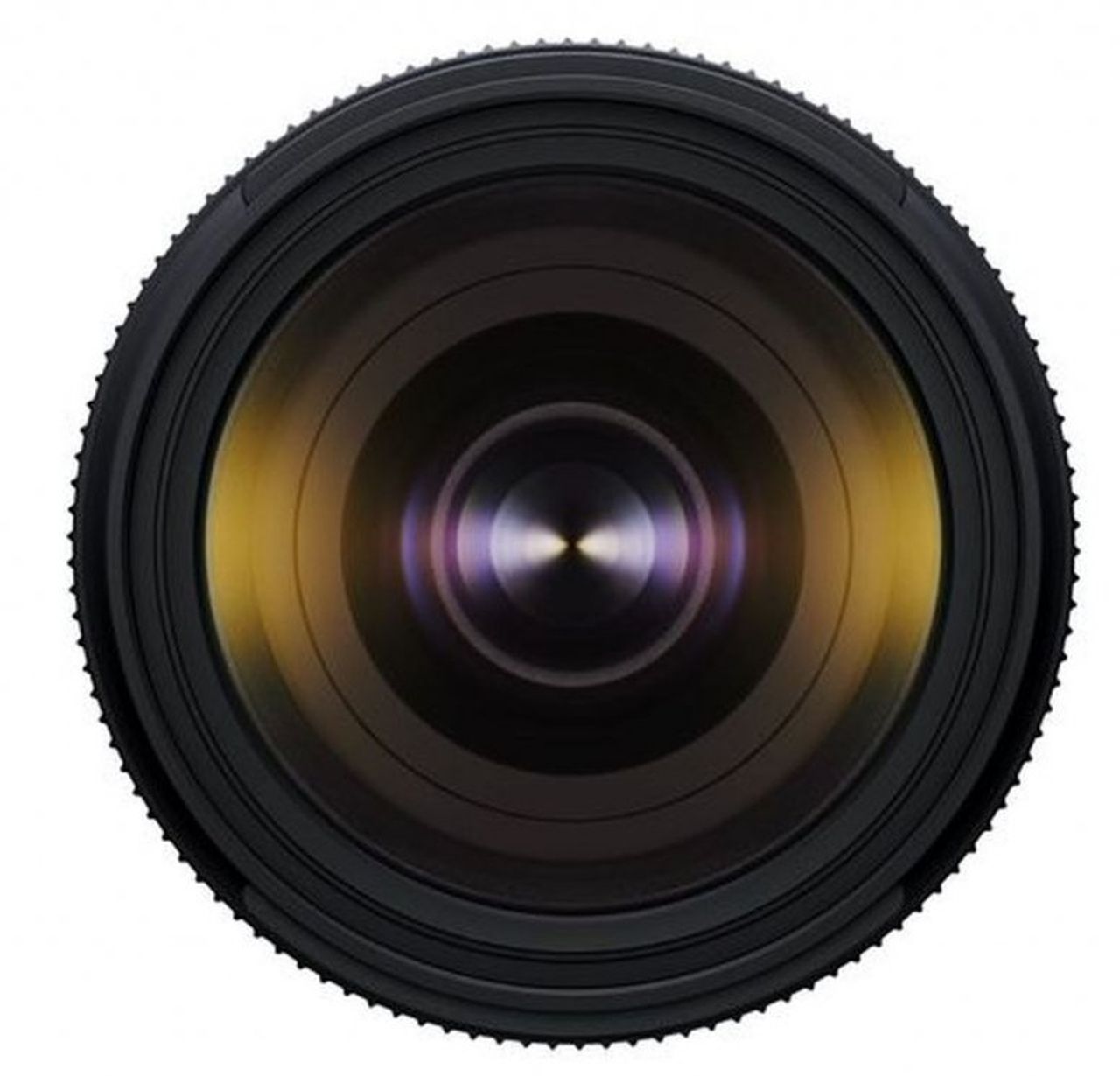

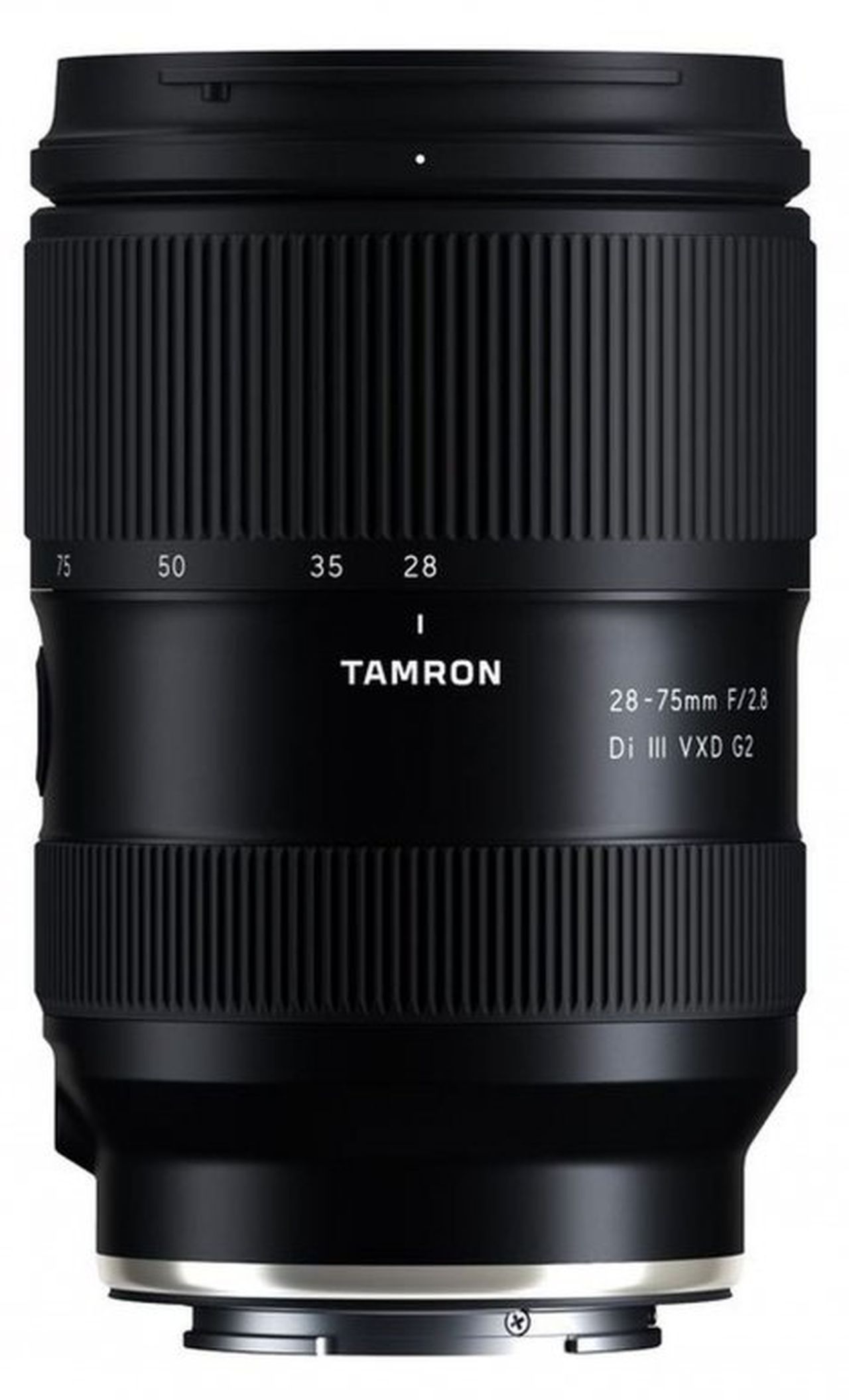
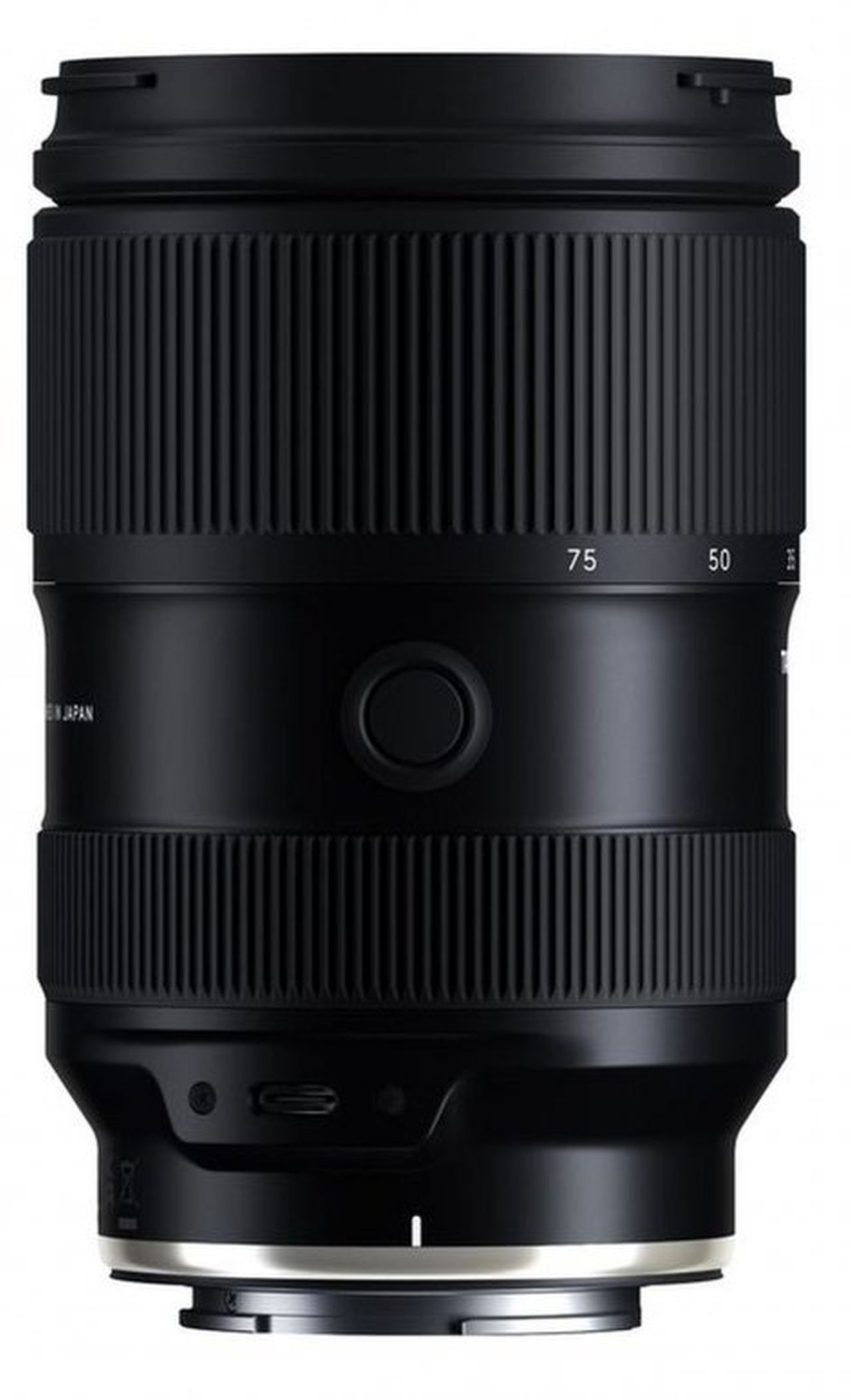
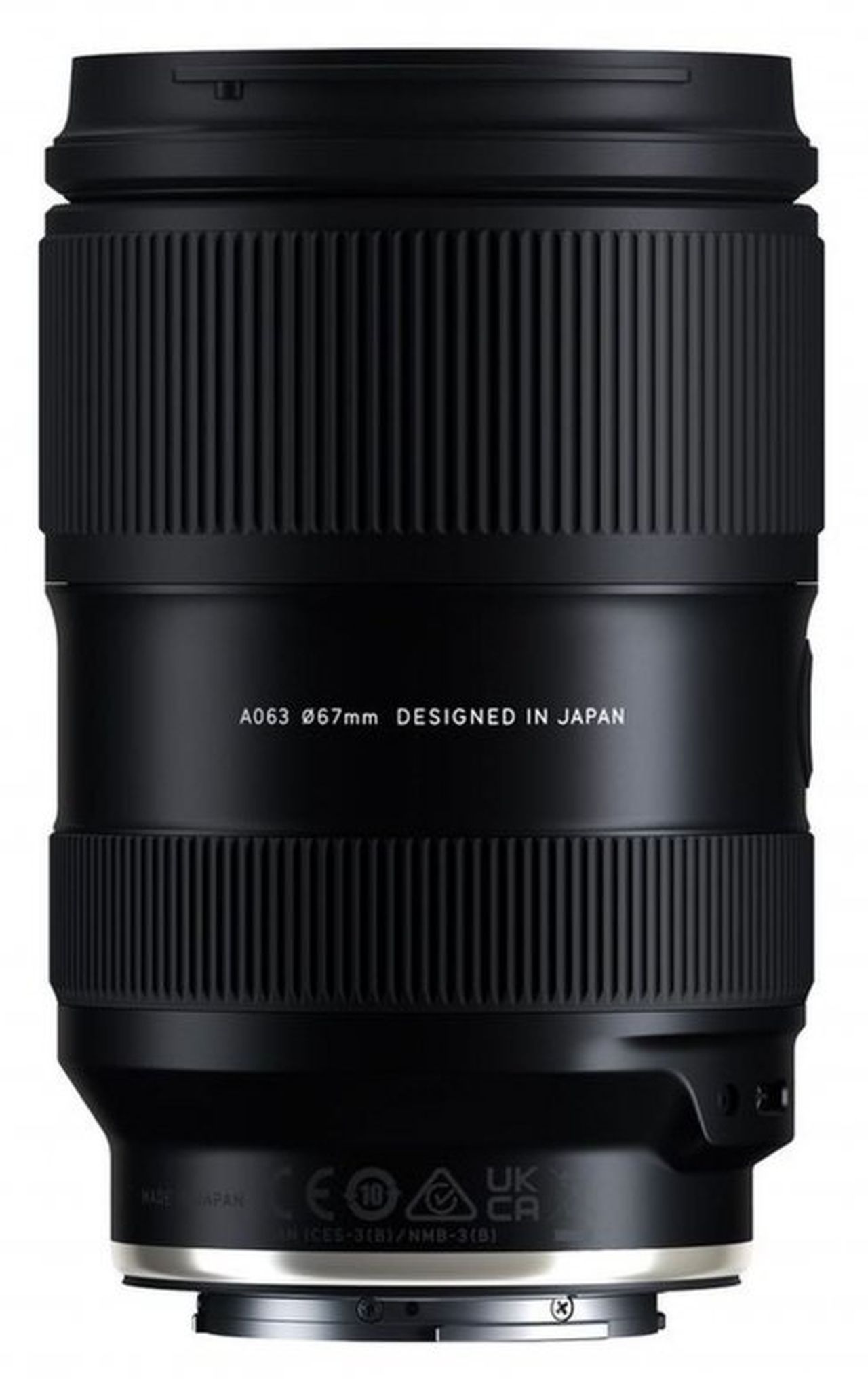
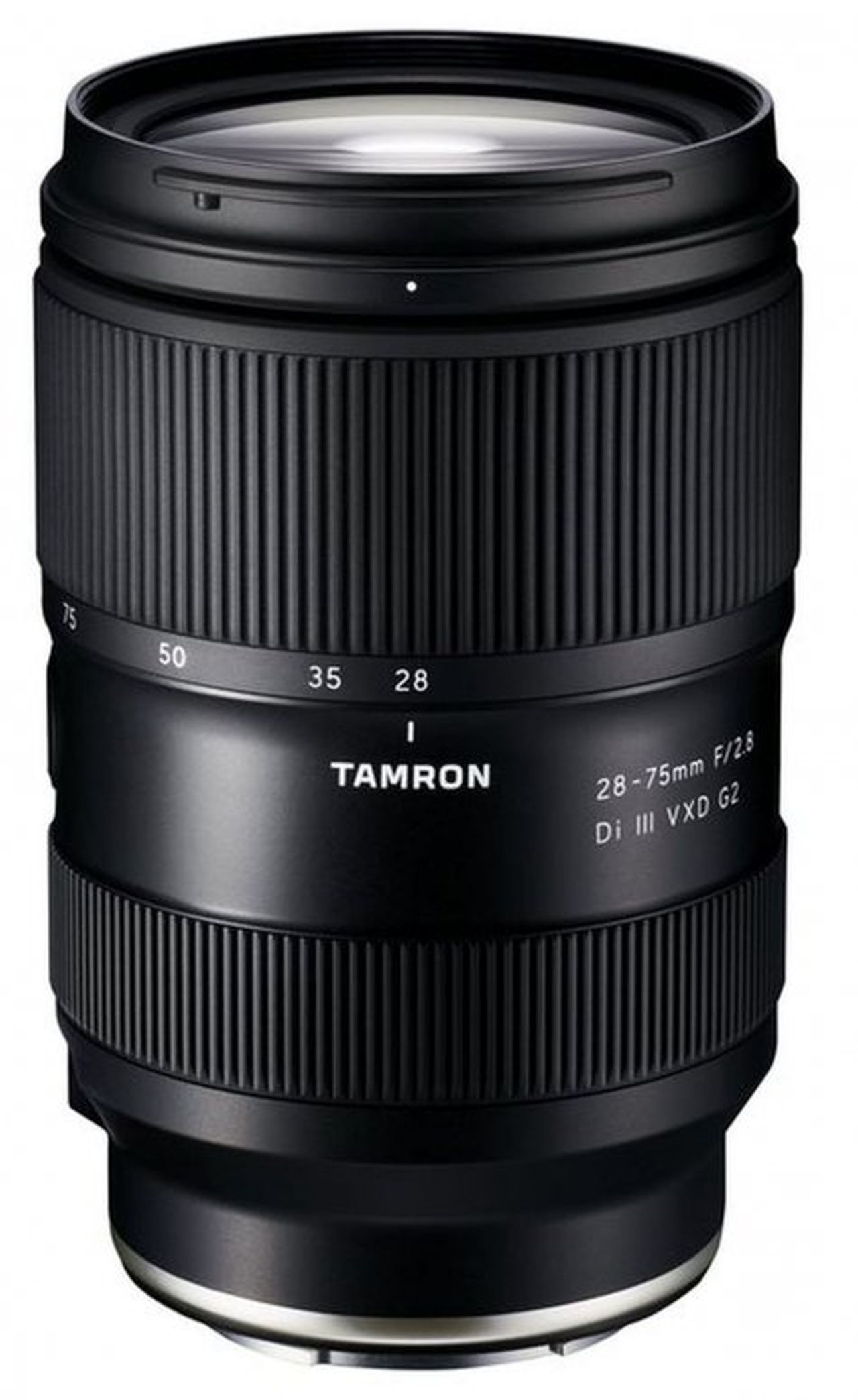
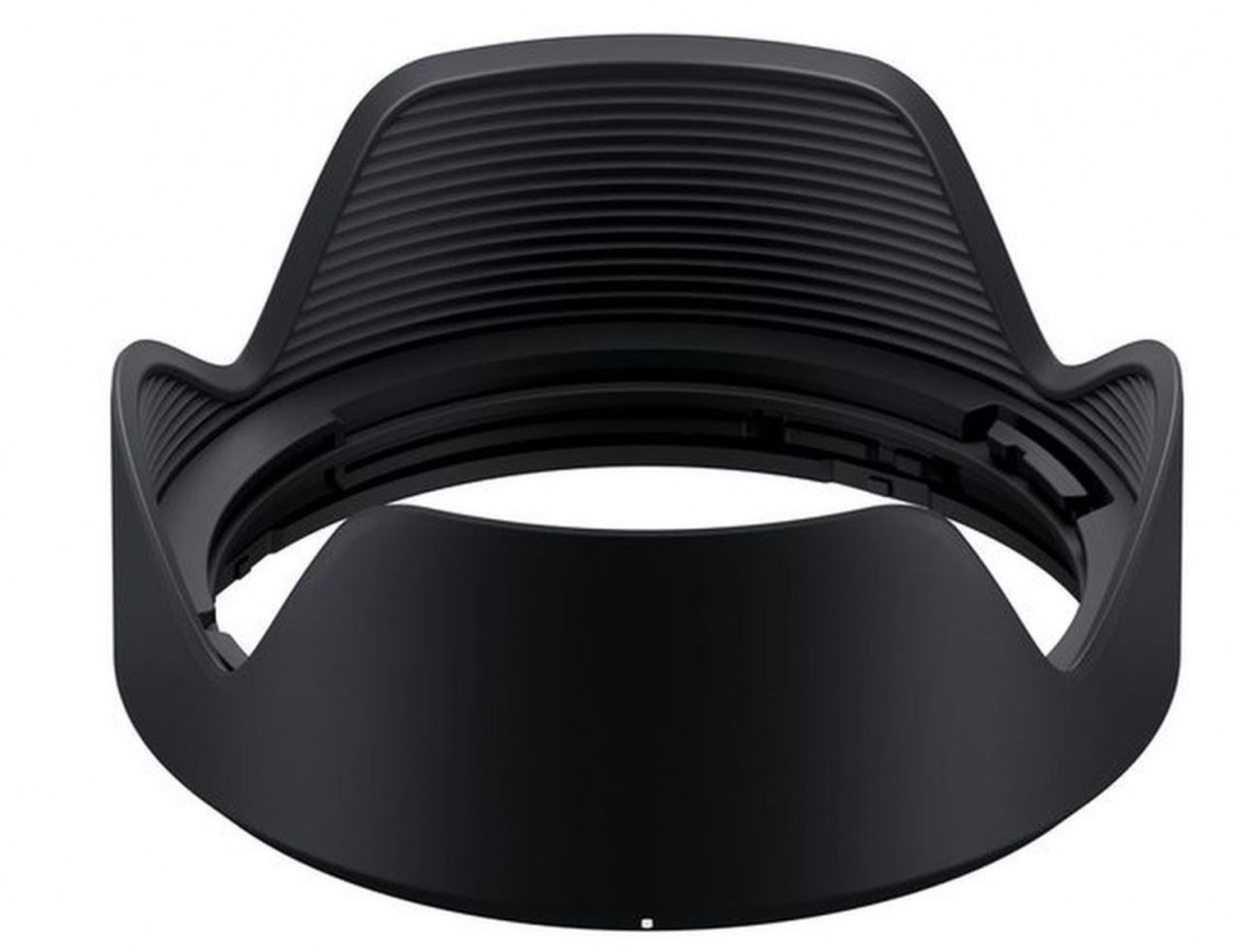
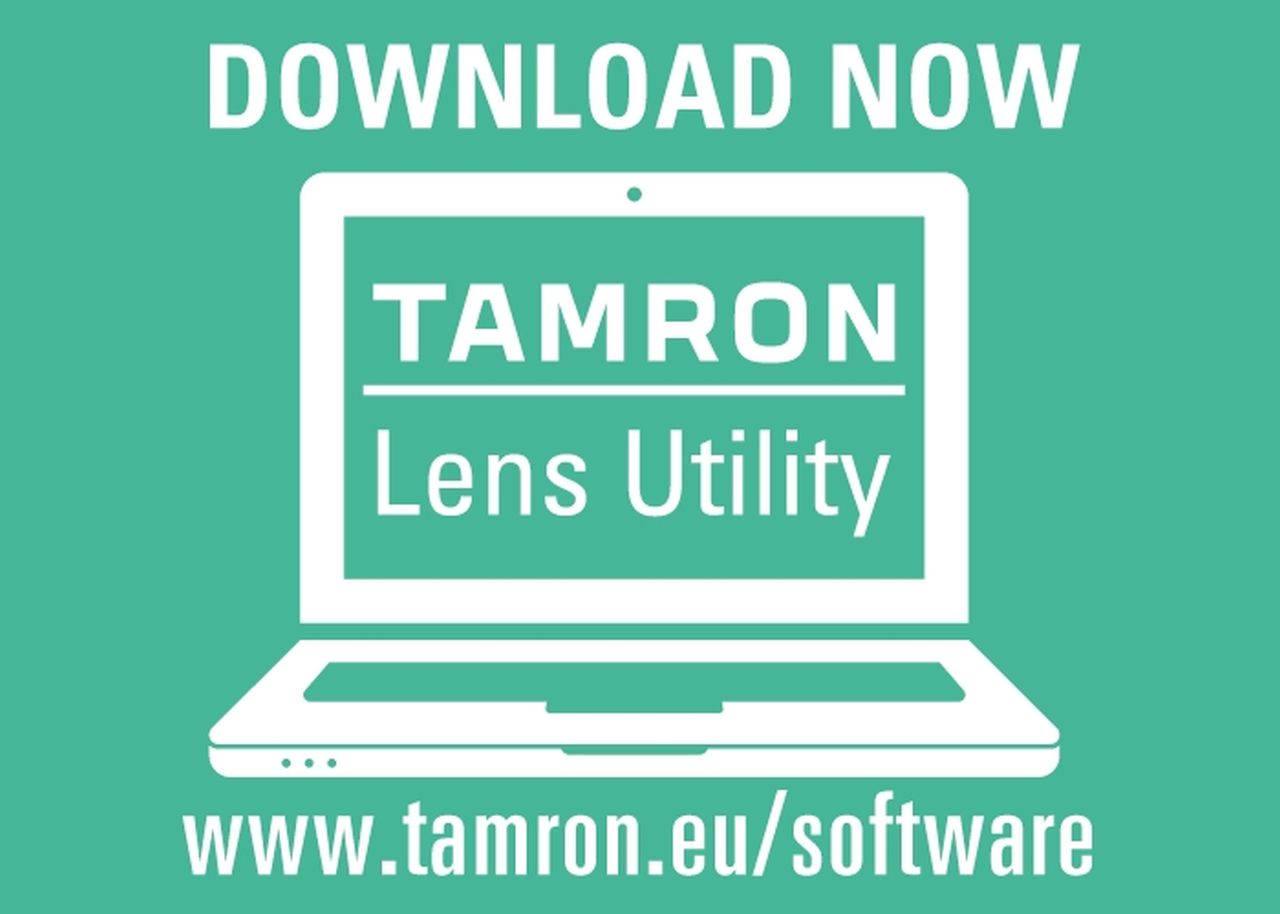
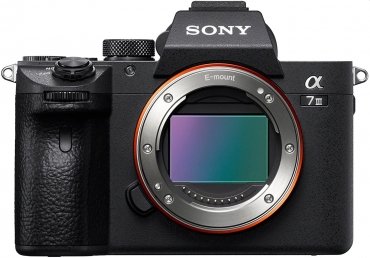
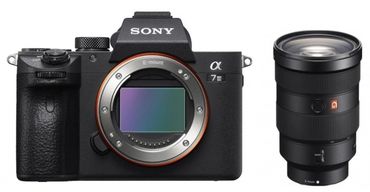

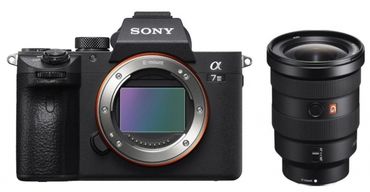

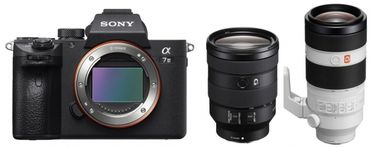
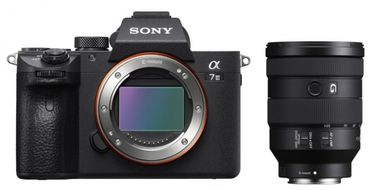
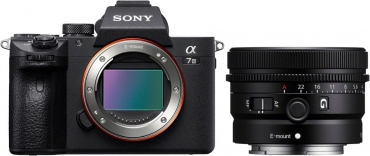
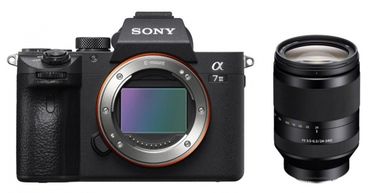
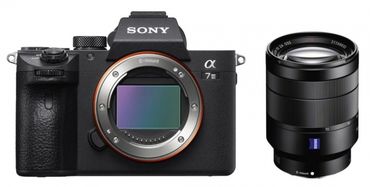

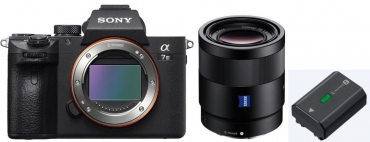
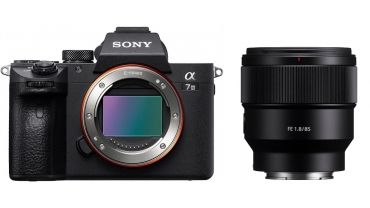
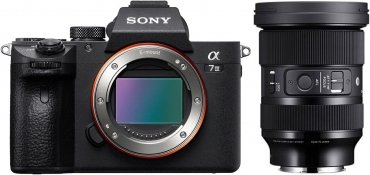

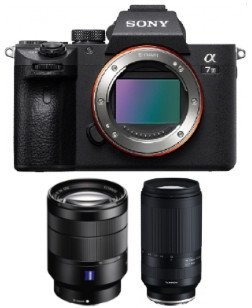



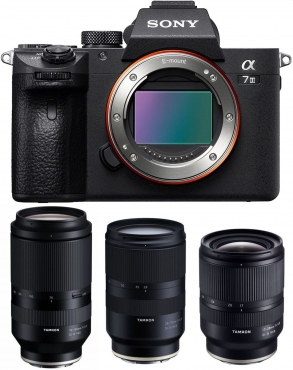
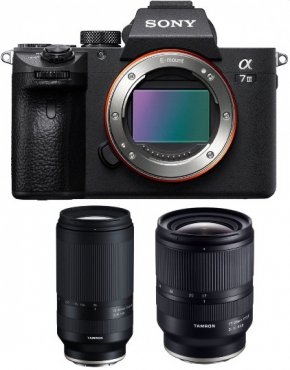
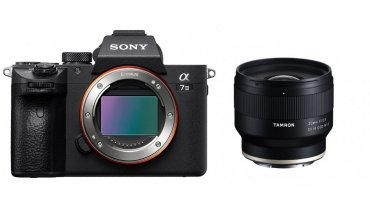

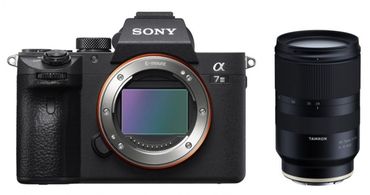

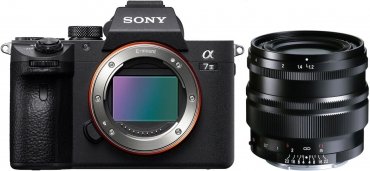

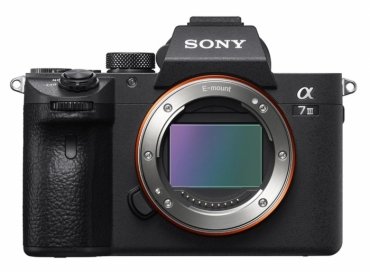
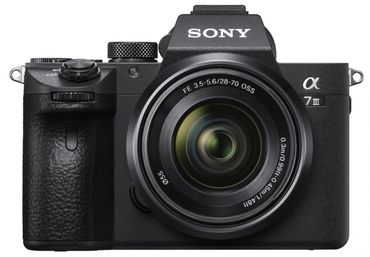

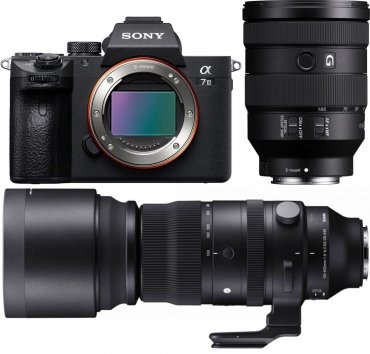
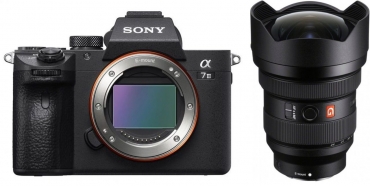

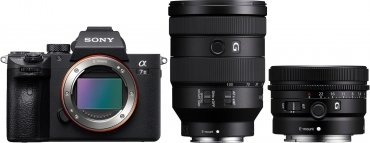

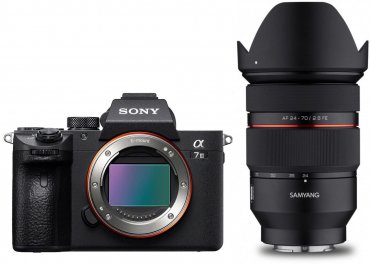
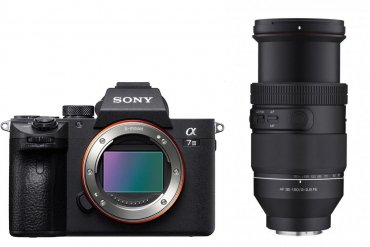
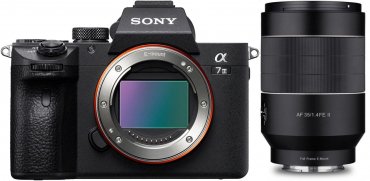
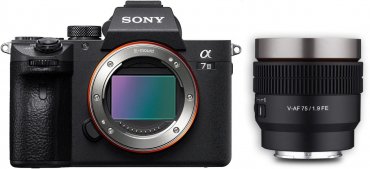

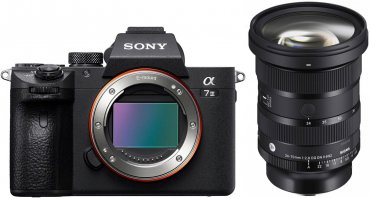
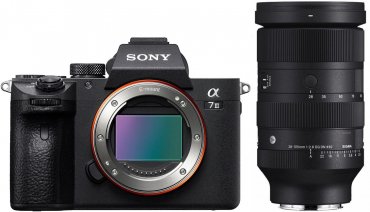
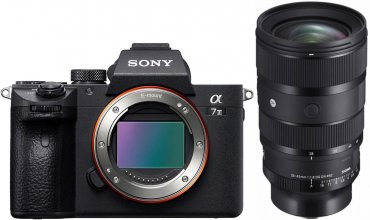
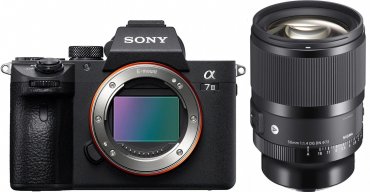
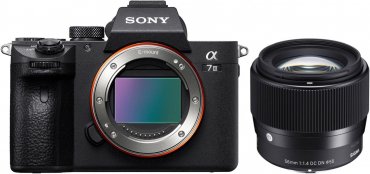
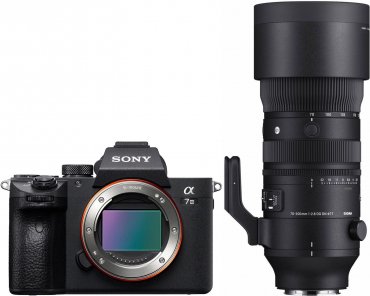

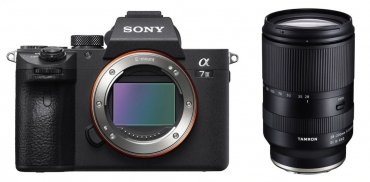
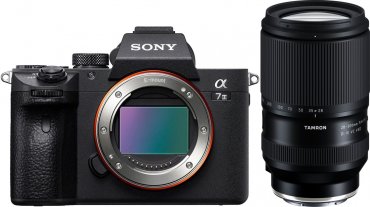

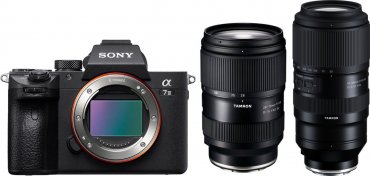
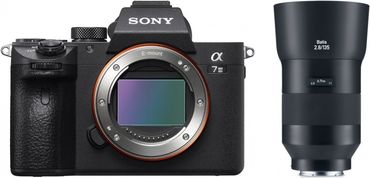
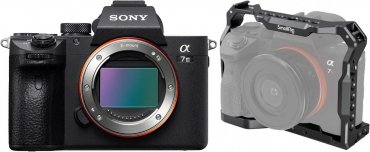
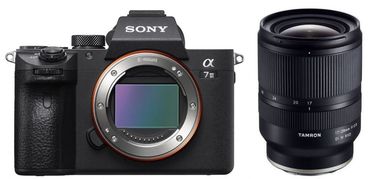
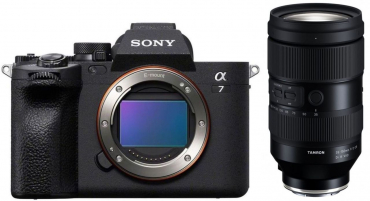
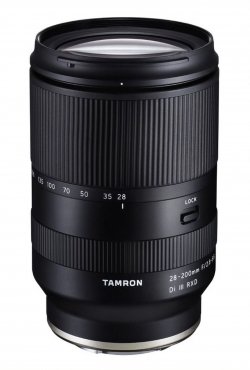
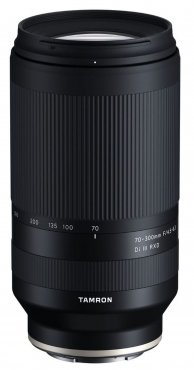

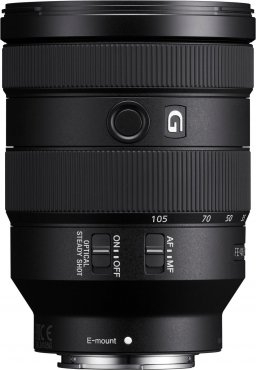
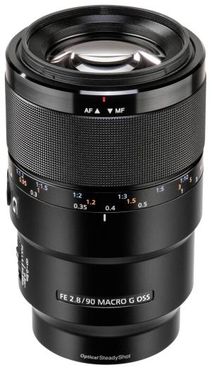

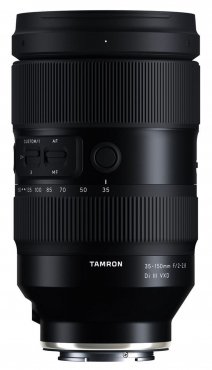

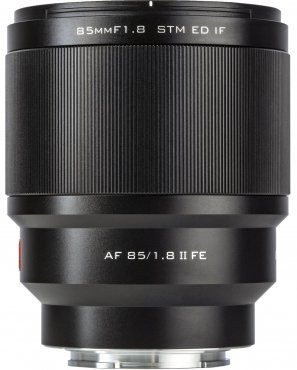
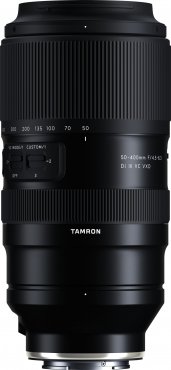
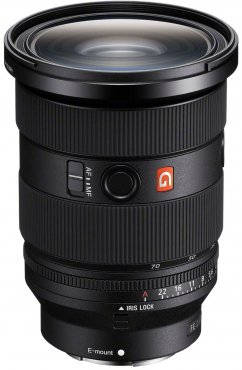

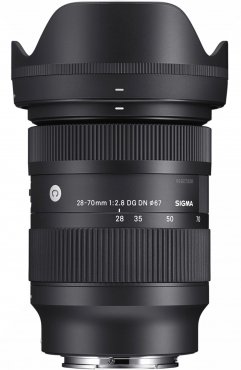
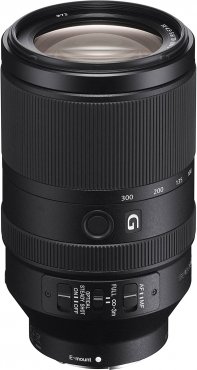

![Sigma 150-600mm f5-6.3 DG DN OS [S] Sony E-mount](https://media.foto-erhardt.de/images/product_images/thumbnail_images/907/sigma-150-600mm-f5-63-dg-dn-os-s-sony-e-mount-162814386990790304.jpg)
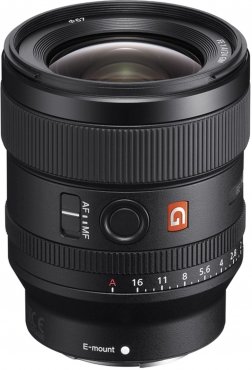
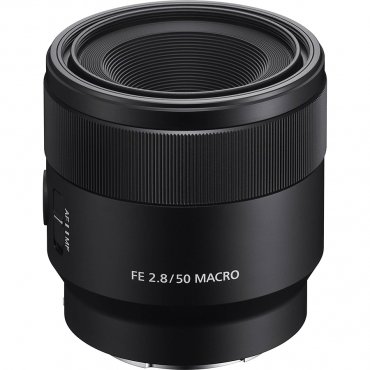
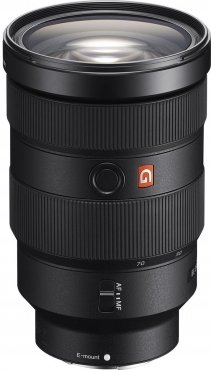
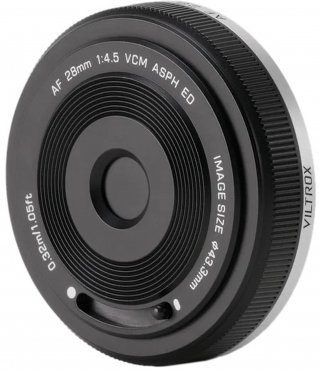
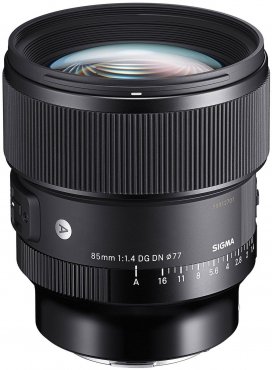
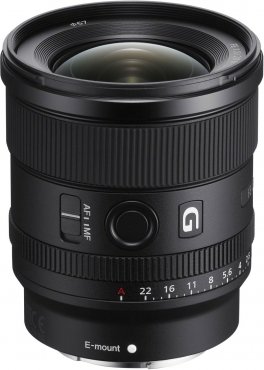
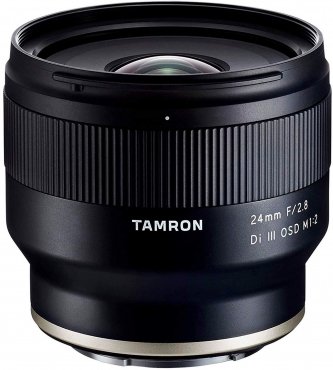
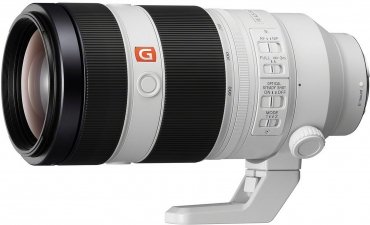
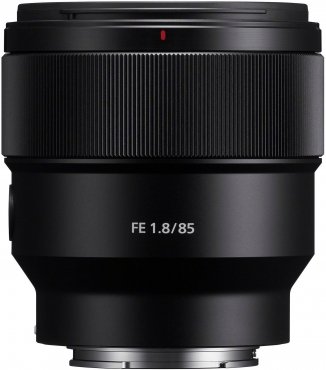
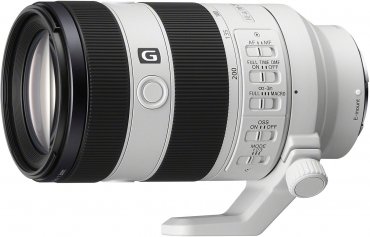
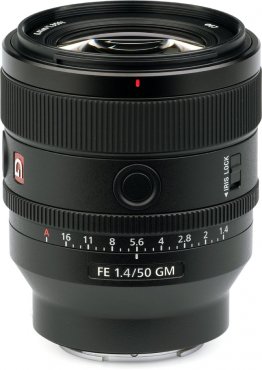
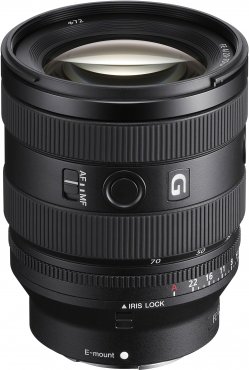
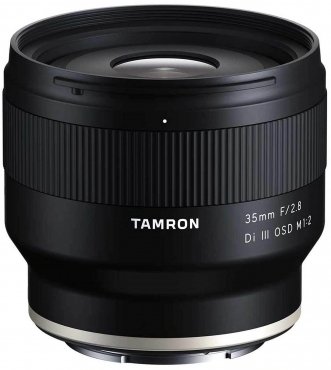

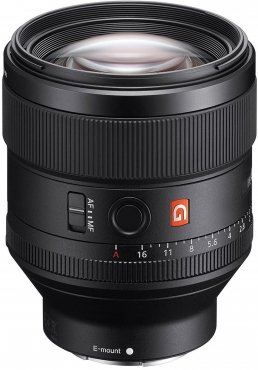
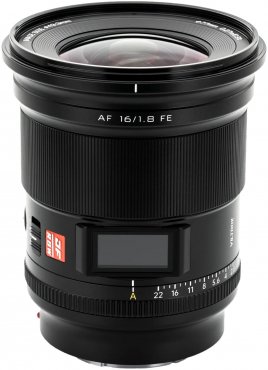
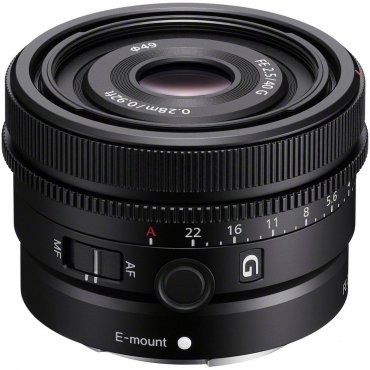
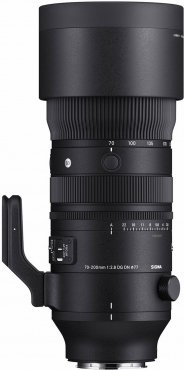
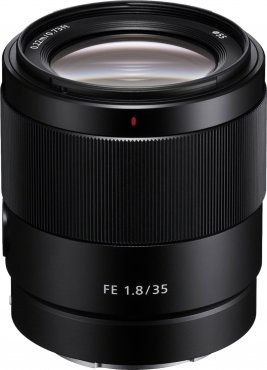
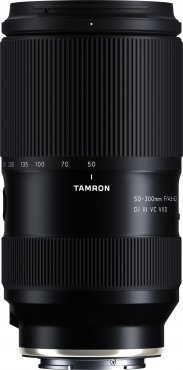
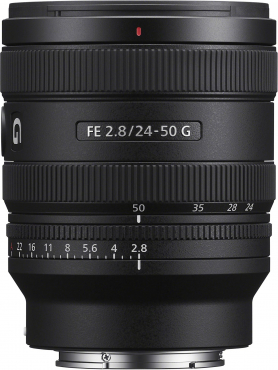
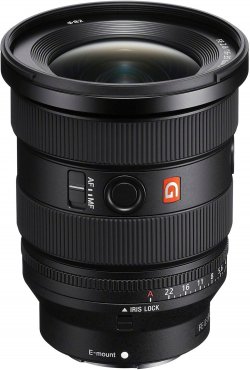
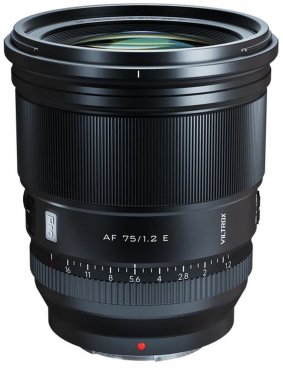
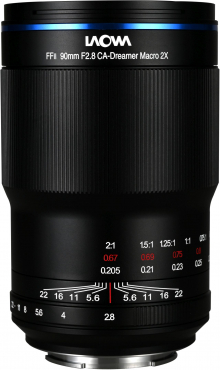
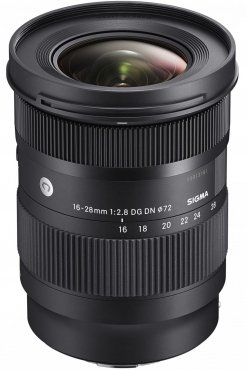


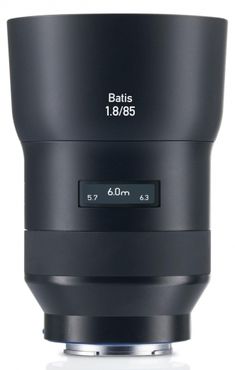
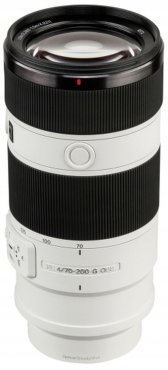
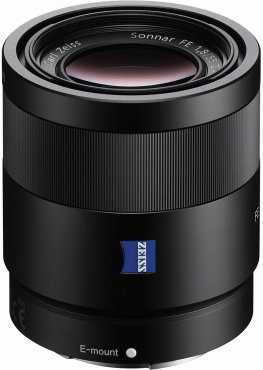

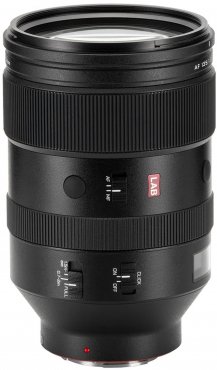
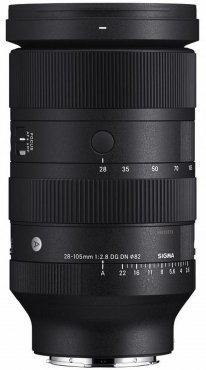
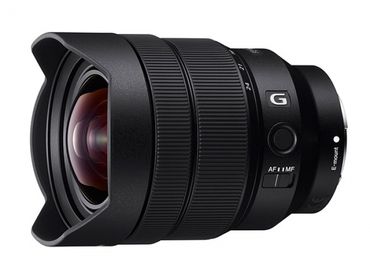
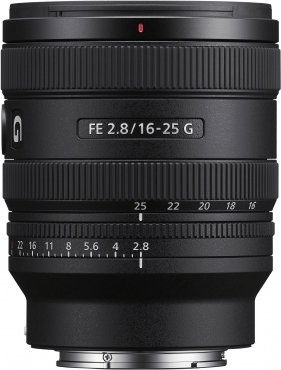
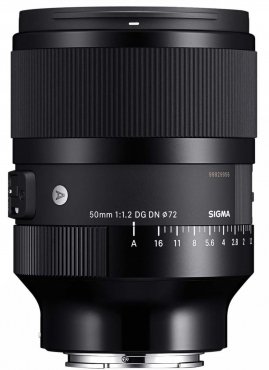
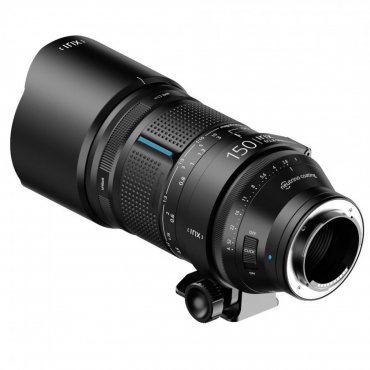

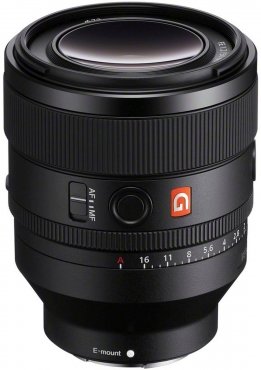
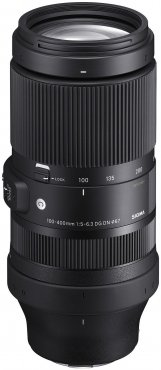

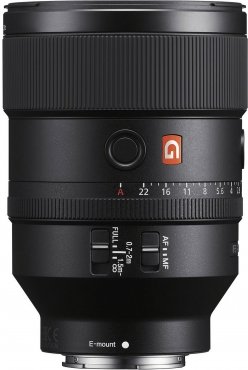


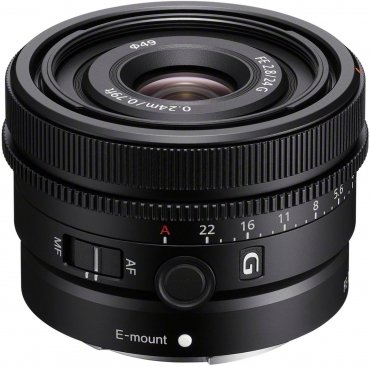
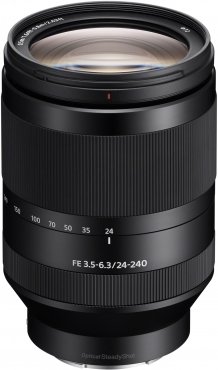
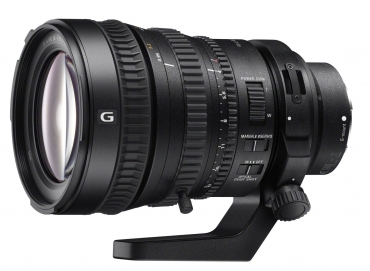
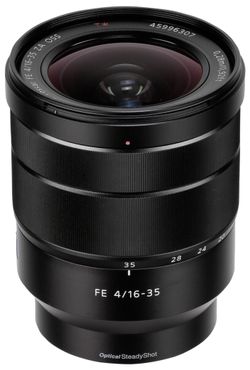
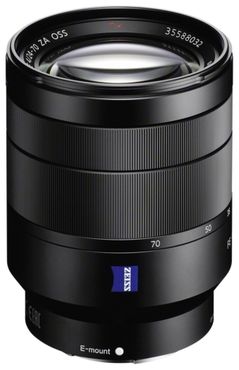

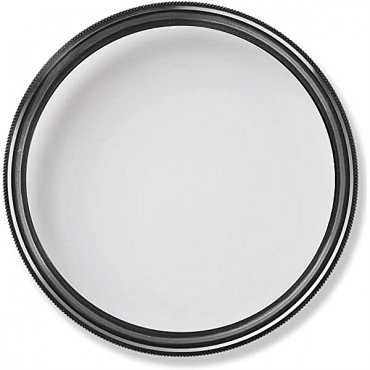
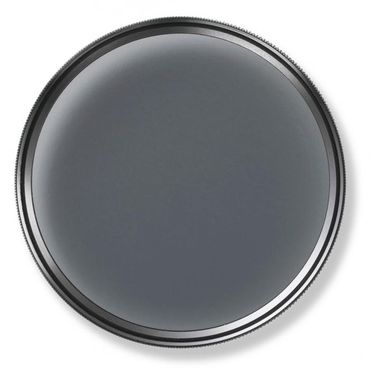
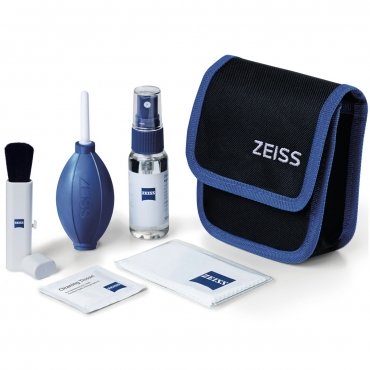
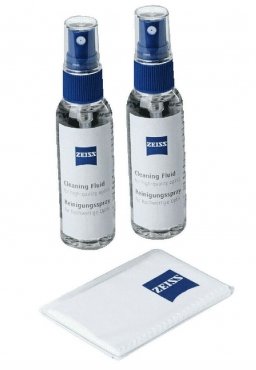
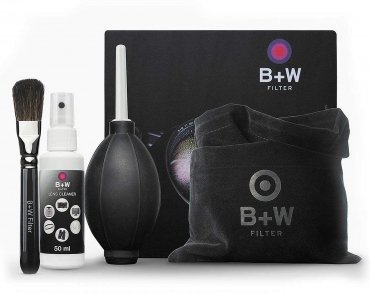
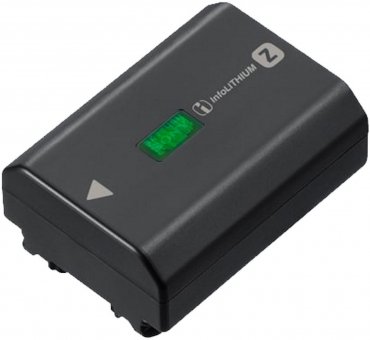
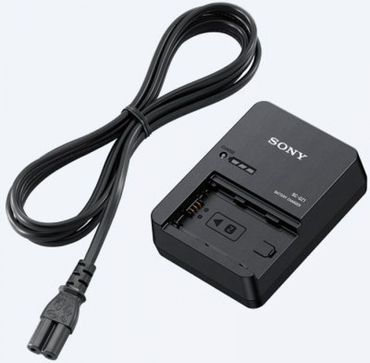
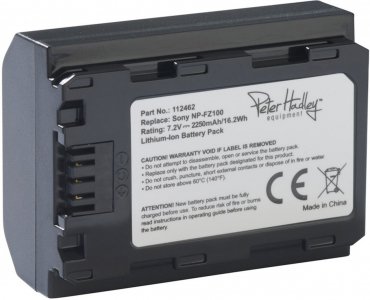

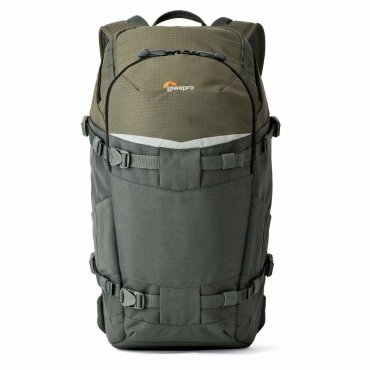

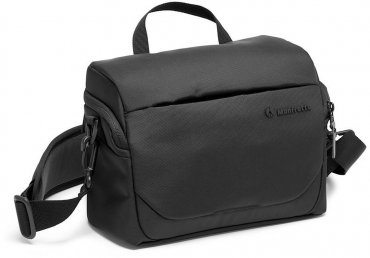
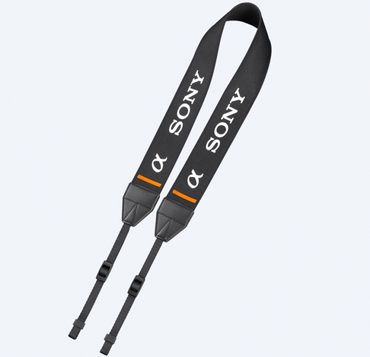

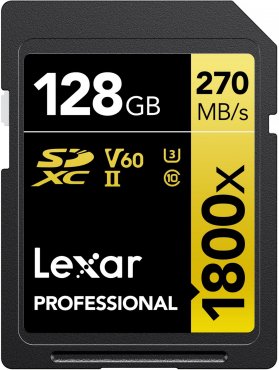
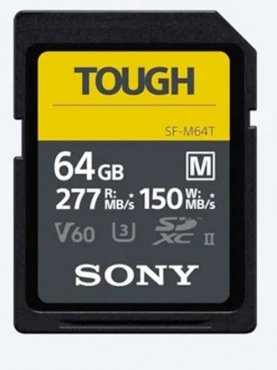
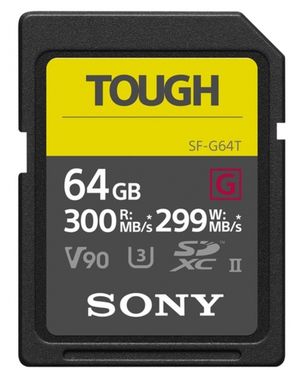
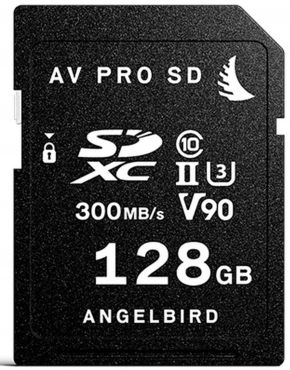
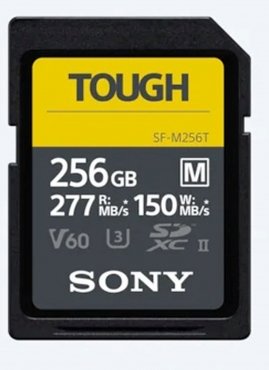

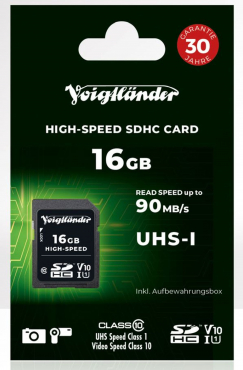
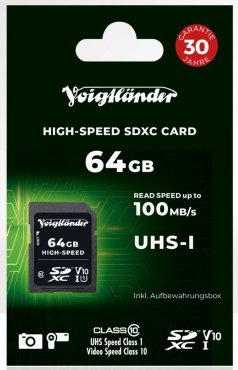
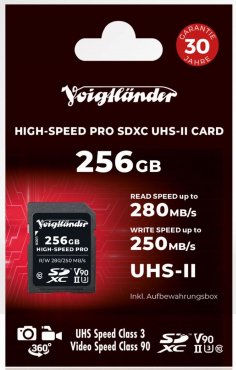
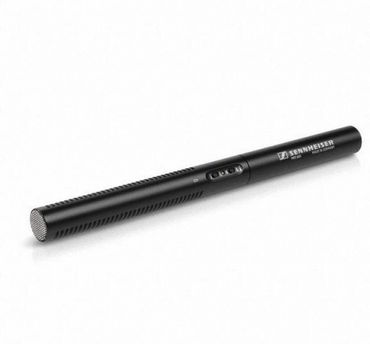
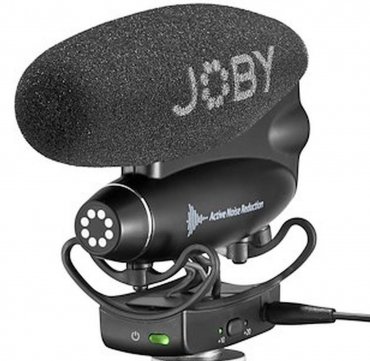
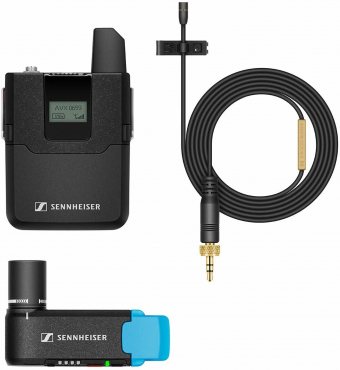
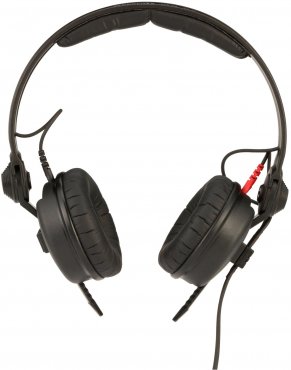
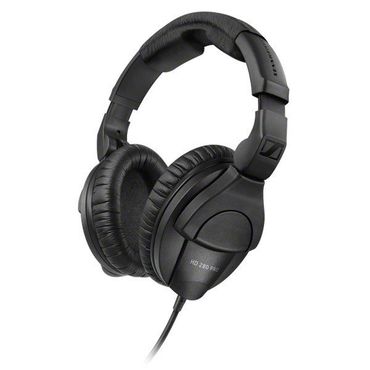
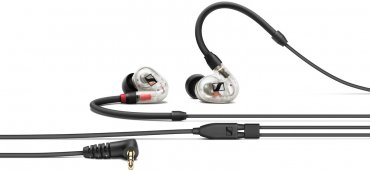

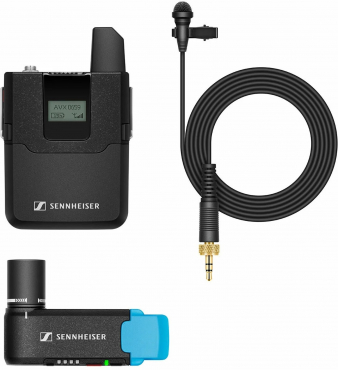
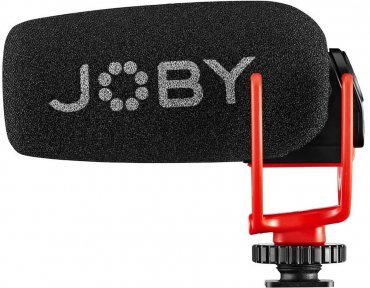

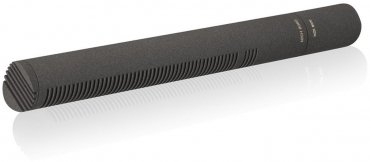
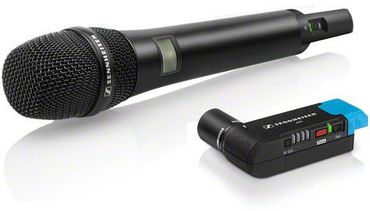
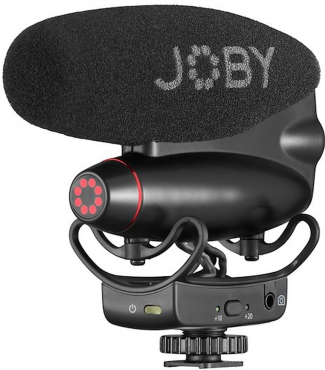
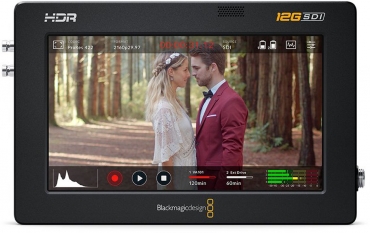
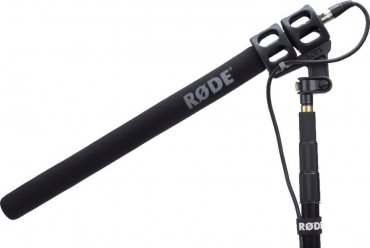


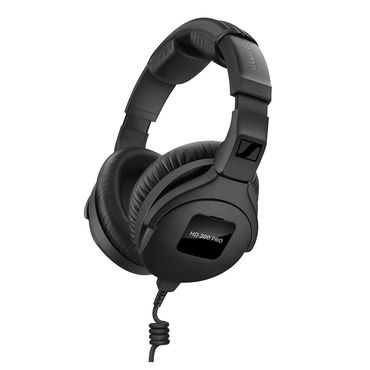
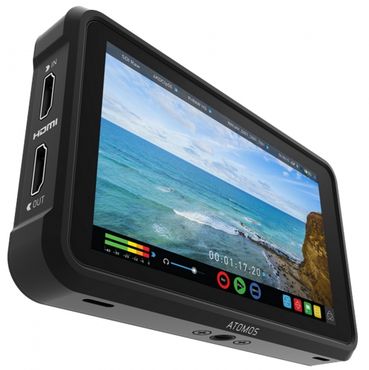
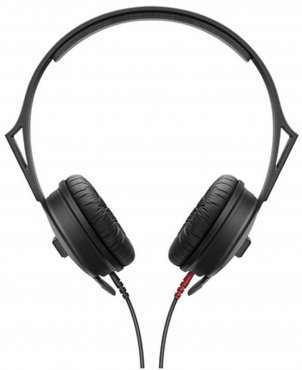

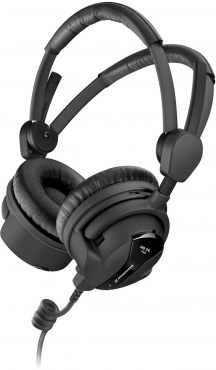


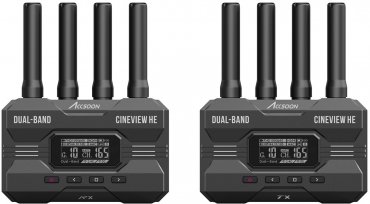
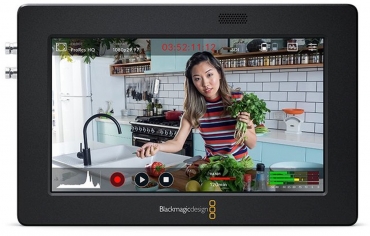

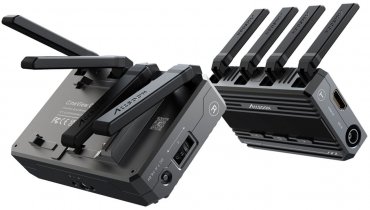
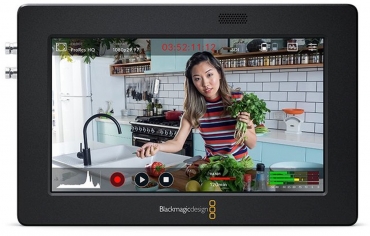

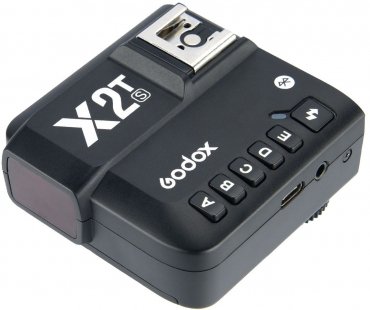
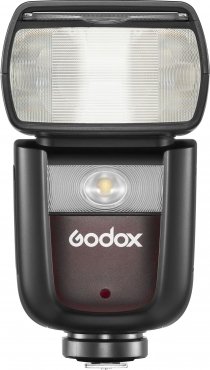
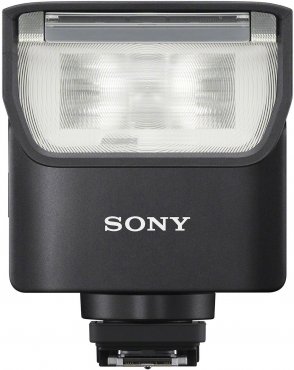
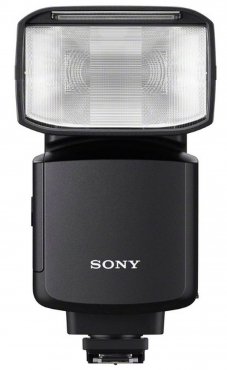
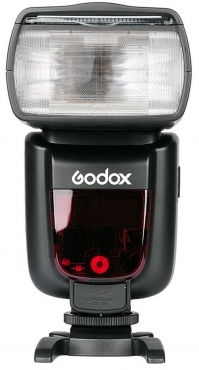
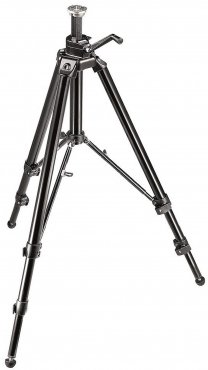
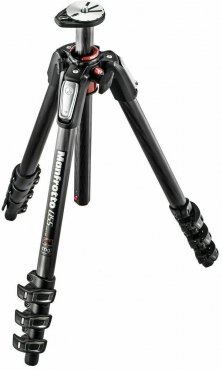
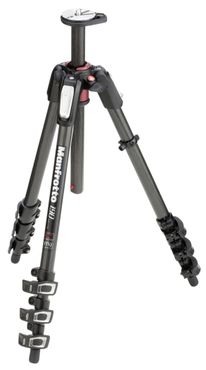
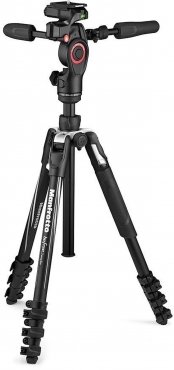
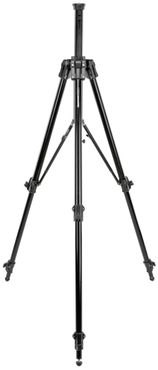

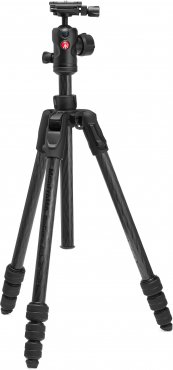
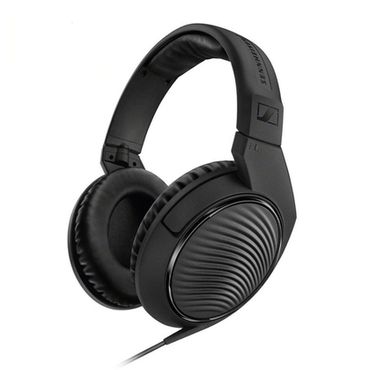
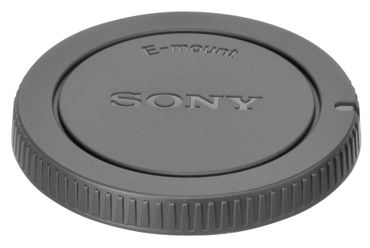

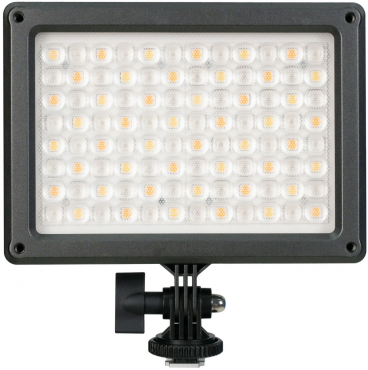
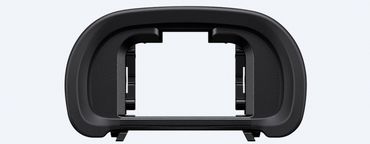
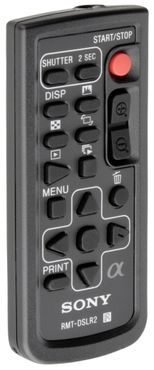

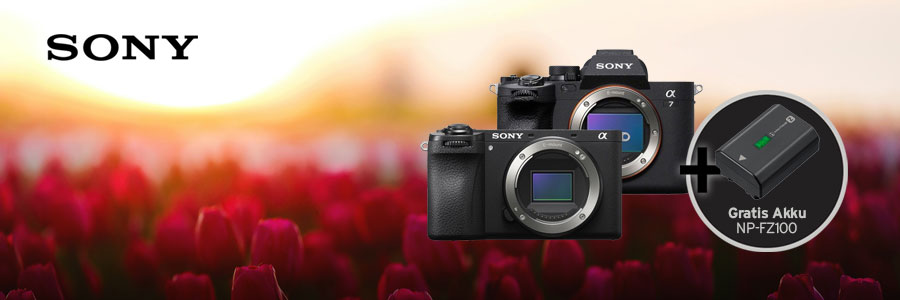
Simply subscribe and benefit as a newsletter recipient every week: